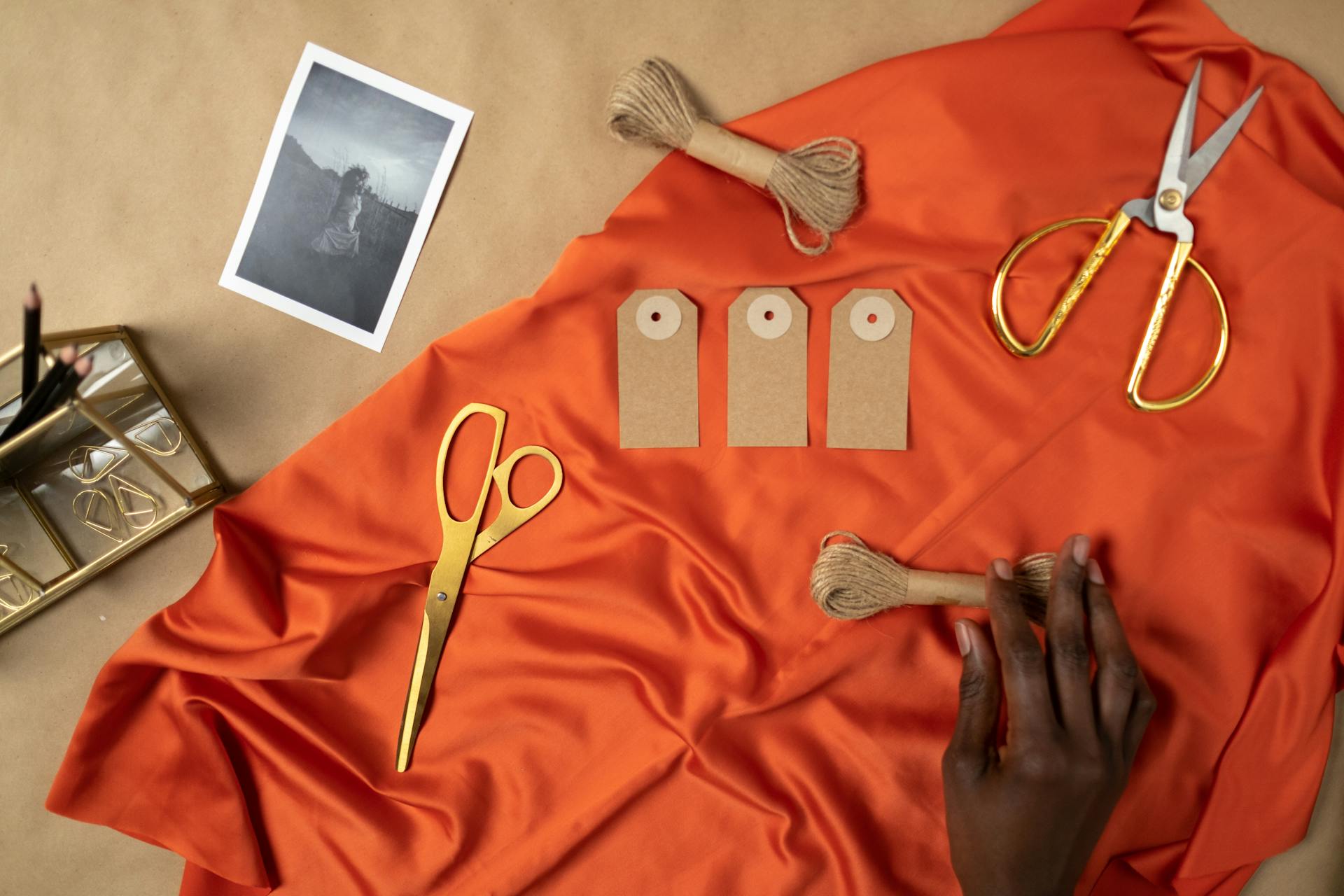Choosing the right uniform material is essential for both comfort and durability, ensuring employees look professional while feeling at ease. Here are some key factors to consider:
- Purpose and Environment: The work environment plays a significant role in material choice. For active jobs or outdoor work, breathable fabrics like cotton or blends help regulate temperature. For industrial or food-related jobs, stain-resistant or moisture-wicking fabrics are preferable to manage spills and sweat.
- Comfort and Fit: Uniforms are worn for extended periods, so comfort is crucial. Fabrics with a bit of stretch, like polyester-cotton blends, enhance mobility. The material should be soft and flexible, preventing chafing or discomfort during daily activities.
- Durability and Maintenance: Uniforms endure frequent washing and wear, so choosing resilient fabrics is essential. Polyester and blended materials retain shape, resist fading, and require less ironing. They also withstand high temperatures, making them ideal for heavy-duty use.
- Aesthetic Appeal: A professional appearance enhances brand image. Look for materials that hold color well and fit consistently. Fabrics with wrinkle resistance ensure that uniforms remain neat throughout the day.
Balancing comfort, durability, and aesthetics helps you select a material that supports employee productivity while reinforcing a cohesive and polished brand image.
